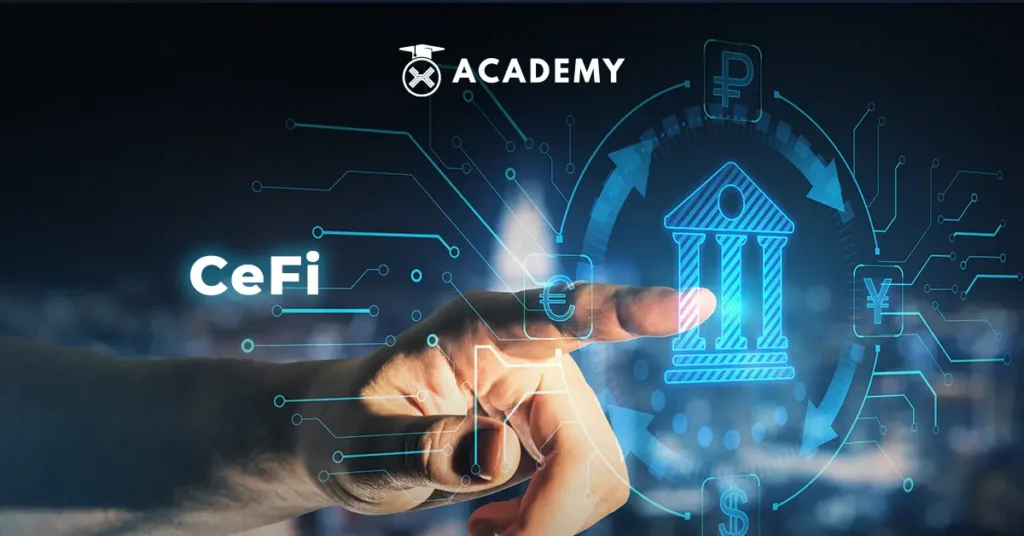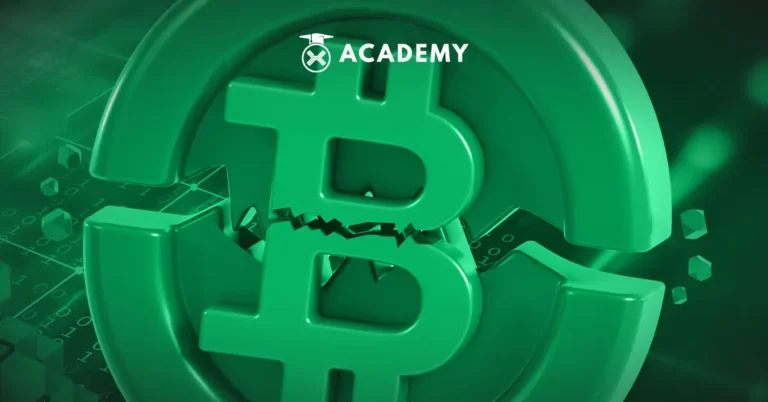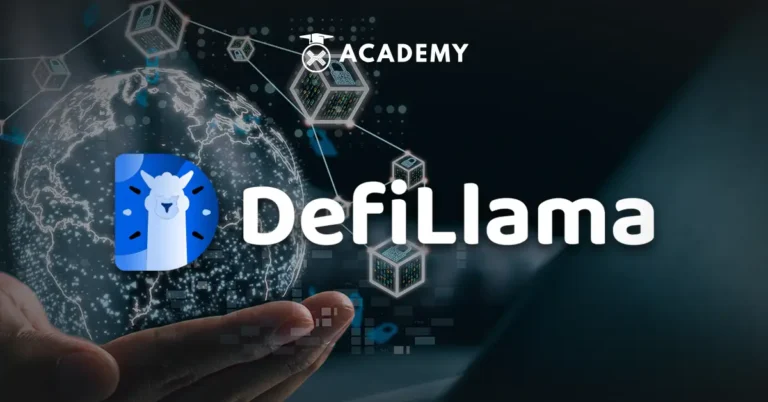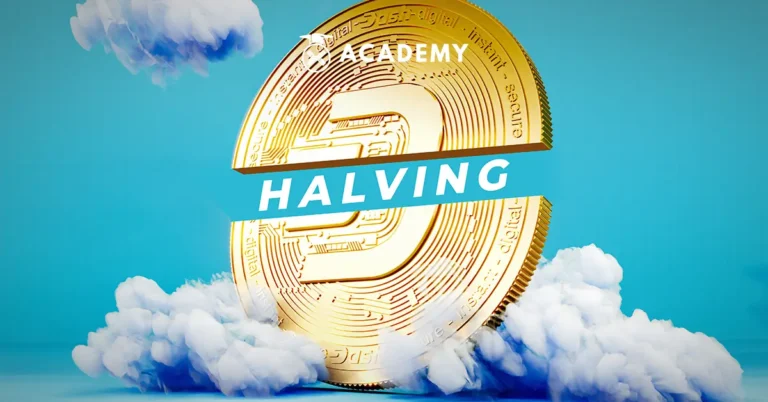In recent years, there has been an explosion of innovation in the world of crypto assets, with the birth of a phenomenon known as Decentralized Finance (DeFi). DeFi creates an open, transparent, and decentralized financial ecosystem.
This trend has caught crypto asset lovers’ attention and changed how people interact with financial services. However, the increase in crypto adoption among the public is also influenced by the role of Centralized Finance (CeFi).
So, to understand what CeFi is, its advantages, and the differences vs. Defi & TradFi, see the full review below!
What is Centralized Finance (CeFi)?
Blockchain describes Centralized Finance (CeFi) as a financial structure and service that facilitates users through a centralized system. Users can borrow or lend their crypto assets through a central exchange.
The central exchange is the authority in CeFi that manages crypto funds, so users must provide personal data and assets to the central exchange on a trust basis.
However, instead, they can use the facility to carry out transactions between independent blocks, which is impossible in DeFi.
Fund access can be done through an account at the Central Exchange, even if the user does not manage it himself.
The system automatically identifies the type of coin being traded and determines the fees for each transaction. The goal of CeFi is to create a fair trading ecosystem where every transaction must comply with the rules applicable to the exchange.
On the other hand, in a centralized financial system, intermediary institutions have full control over user assets and funds. Therefore, users must also pay these institutions administration fees, service fees, and other fees.
This system does not only apply to crypto assets. In contrast, the concept of centralized finance in crypto assets is inspired by systems in conventional financial services.
As we know, in conventional financial services, banks act as intermediaries between creditors and debtors.
Therefore, users must pay various fees when entrusting their money to these financial institutions.
This financial service system has been operating for many years, so it is more established than DeFi, which is still considered an innovation.
Pros and Cons of CeFi
The centralized system makes it easy to convert fiat and crypto through flexibility. Such conversion can easily be done through a centralized scheme.
Another advantage is the claim to the system’s fairness because orders and sales are carried out centrally.
CeFi users are subject to the rules set by the central exchange, ensuring that sellers and buyers comply with the same laws during transactions.
Similar to conventional capital markets, this system also offers third-party services and clearing houses to guarantee the integrity of each transaction.
Additionally, CeFi allows trade between crypto assets such as Litecoin, Bitcoin, and XRP.
However, although it provides many benefits, this system also has several disadvantages. As previously outlined, Central Exchange requires users to provide their data.
Unfortunately, this system is susceptible to hacking risks. Although it does provide flexibility in transactions, especially for purchasing crypto with fiat money, this system also requires significant transaction and administration fees.
What is Decentralized Finance (DeFi)?

DeFi is the opposite concept of CeFi. In the world of DeFi, all transactions do not depend on one or more specific institutions. In other words, all activities are carried out directly between users via a special application.
These applications, commonly called dApps, operate on top of automated blockchain technology. This automation is supported by a smart contract system that runs on the Ethereum infrastructure.
DeFi provides access to financial services for those deemed ineligible to access conventional financial services.
Apart from that, DeFi also aims to create a fair, transparent, and free financial system so that all individuals can participate.
With these characteristics, it is not surprising that the services offered by DeFi cover a variety of activities, from savings and loan activities to yield farming and so on.
Pros and Cons of DeFi
Meanwhile, DeFi gives users the ability to have complete control over their crypto assets. There is no need to authorize third parties in transactions, as all required are the rules set in the user’s smart contract algorithm.
The protocol will carry out transactions if the second party fulfills all the prerequisites in the protocol that has been created. When that happens, the transaction will be realized without being subject to correction.
This means that users do not need to pay administration and transaction fees to intermediary institutions. Moreover, high transparency in all transactions reduces the risk of abuse in DeFi systems.
Additionally, because DeFi systems operate through dApps and DeFi applications continue to develop over time, financial services in Decentralized Finance offer a wider range of options than CeFi systems.
However, the drawback of the DeFi system lies in the complexity of the smart contract protocol, which makes it impossible for users to trade crypto assets or buy crypto assets directly with fiat money.
The Differences Between CeFi Vs DeFi & TradFi
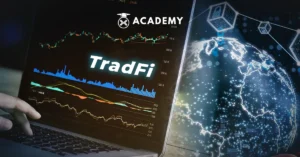
Quoting techopedia.com, while CeFi involves a centralized intermediary, DeFi relies on smart contracts running on a blockchain network to execute transactions.
It allows individuals worldwide to exchange assets directly without involving intermediaries.
Decentralized applications (dApps) provide access to financial services to anyone with an internet connection, including the underserved and unbanked.
They also give users more control over their assets through private crypto wallets and trading accounts, where they retain exclusive access to their private keys.
DeFi aims to provide an open-source system that is anonymous, increases economic transparency, and does not require users to provide personal data.
DeFi services provide lending, crypto yield farming, lending, asset holding, and more without restrictions on users, which can be imposed by the CeFi provider.
However, DeFi is a new technological approach requiring a relatively high technical expertise. Risk is also associated with flawed smart contract protocols or code, human error, or malicious attacks.
Centralized finance aims to combine the advantages of DeFi with the reliability and ease of use of TradFi services.
CeFi allows customers to earn interest on savings, lend funds, spend crypto using debit or credit cards, trade with crypto and tokenized assets, and so on. All while being responsible for the protection of customer funds.
Exchanging fiat currency into crypto assets requires a centralized institution. CeFi providers can perform this conversion, unlike DeFi solutions.
Additionally, CeFi providers can carry out transactions on margin and provide loans directly.
Risks of CeFi and DeFi
Although CeFi and DeFi have advantages, they still have some risks. The events that occurred at Terra Luna in May 2022 are an example of how the entire DeFi ecosystem can face serious challenges.
Terra Protocol is a blockchain protocol that produces algorithmic stablecoins, with TerraUSD (UST) as the main stablecoin.
Algorithmic stablecoins are designed using algorithms to keep the stablecoin’s value in line with its asset.
One of the most popular DeFi applications on the Terra blockchain is Anchor Protocol, a decentralized savings account that offers up to 19.5% APY.
Terra users widely use Anchor as a place to store assets, mainly because of the high “interest” rates it offers.
On May 13, 2022, the price of LUNA (Terra’s blockchain token) fell 100% to $0.0002, which was caused by an algorithmic stablecoin system that encouraged Terra to continuously create new LUNA to keep the value of UST (Terra’s stablecoin) at $1.
On May 8, 2022, the supply of LUNA circulating on the market was approximately 346,000,000. In just four days later (May 12, 2022), this number jumped to 7,100,000,000,000 due to continued UST selling, which also caused the price of LUNA to fall 100% to $0.0002 on May 13, 2022.
The impact of this event involved CeFi through crypto hedge fund Three Arrows Capital (3AC), which invested in Terra and took billions of dollars worth of crypto loans from various CeFi companies to carry out high-risk strategies.
CeFi companies believe in 3AC and provide loans without adequate collateral. When the crypto market experienced a downturn, 3AC could not repay loans, which harmed these CeFi companies.
Conclusion
In conclusion, the choice between Centralized Finance (CeFi) and Decentralized Finance (DeFi) should be based on user trust and preferences.
That’s because they offer different approaches, and the decision to adopt CeFi or DeFi should be based on a deep understanding of the characteristics, advantages, and risks.
Besides that, it is also important to have a deep understanding of choosing an appropriate financial model. In this case, users need to understand both the advantages and disadvantages of CeFi and DeFi.
As additional information, you can also read various other interesting information in the collection of articles on INDODAX Academy.
INDODAX Academy presents a wealth of material covering various levels, from basic concepts to more in-depth aspects of blockchain technology.
Invest in Crypto on INDODAX
So, now you understand what CeFi is, its advantages, and the differences between Defi & TradFi. You can also learn various
Next, you should check the crypto market on INDODAX Market for those interested in investing in crypto assets.
Then, after checking the price, you can purchase crypto assets on a trusted crypto exchange, like INDODAX.
It should be recalled that INDODAX is a well-known crypto asset trading platform that has pioneered in facilitating the buying and selling crypto assets in Indonesia.
With a good reputation as a crypto asset trading platform, INDODAX continues providing services that investors can rely on.
Not only that, INDODAX also plays a role in facilitating access to the crypto asset market and ensuring the security of user transactions.
As a disclaimer, investing in crypto assets must be based on careful research and a deep understanding of the risks involved.
This is because the value of crypto assets can experience significant fluctuations due to their high volatility.
Let’s invest in crypto assets with INDODAX now!




